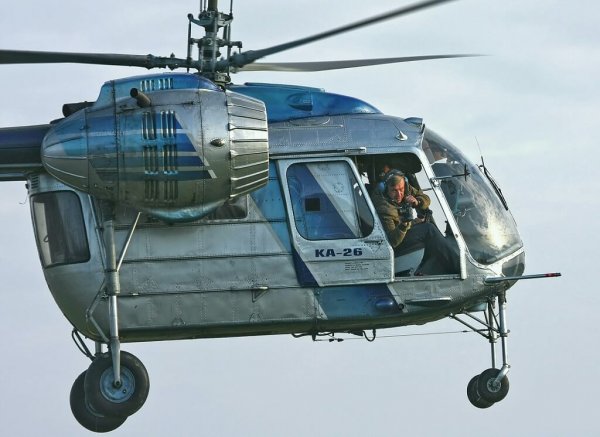Tips For Aerial Photographer
The opportunity to get up in the air in a helicopter or small passenger plane and take photographs of a landscape is something that many photographers would leap at the chance to do. These trips provide breathtaking scenes and opportunities for shots that photographers can only dream. The problem is that there is a lot to think about when planning these trips. It will guide you to take through the basics of the experience – from the pre-flight prep to the post-flight experience.
Preparing For Your First Aerial Photographer Flight

Before you fly, you need to research your trip and the company that you book your flight with. Get to know the route, prepare for some of the key landmarks that you will encounter, think about the day of time that you will fly (do you want an early morning sunrise or that late afternoon light?) and find an operator that suits your needs.
Some photographers prefer helicopters over small planes because you can hover over a spot to take more shots and they don’t have wings that might get in the way of shots. If you can get a plane with a removable door, this will reduce the hassle of dealing with glare and reflections.
You also need to make sure that you have everything will need for the trip ready and set up for when you set off. That means a charged battery, an SD card with plenty of space and all the right lenses and filters that you know you want to use.
Take care of any settings for image stabilization, vibration reduction and the appropriate shutter speed before take-off. Don’t forget a sturdy safety strap too to avoid items going overboard.
Other things that newcomers don’t always consider are warm clothing – for high altitudes and windy conditions – and motion sickness tablets for those that may use the viewfinder a little too much.
What To Consider While You Are Up In The Air

Don’t be afraid to talk to the pilot and try and influence the trip where you can. If they give you a headset, make the most of it to converse with the pilot about the direction, points of interest and to suggest a second pass of a critical area for another attempt at that perfect shot.
Don’t forget that they have been up here before so are sure to know of some hidden treasures that you hadn’t considered. Double-check your settings and results to make sure you aren’t accidentally shooting in the wrong mode.
Also, try and make sure to shoot with a wide-angle to avoid time-consuming framing issues and be careful when stabilizing the camera because of the vibration from the aircraft. Most importantly of all, take lots and lots of photos.
You are only up there for a short period, and you don’t want to regret not taking a shot. It is better to sort through hundreds of mediocre shots for those few pieces of gold than to not shoot at all. This mindset means you might capture things you didn’t expect.
Things To Consider After The Flight.

Once your flight is over, it all comes down to the processing and editing and the chance to see how successful the trip was – but not before thanking and tipping the pilot.
If they went out of their way to ensure that you got a great shot and made the flight more enjoyable, show them your gratitude. When you get back home to the computer, there are some different pieces of editing software to consider to bring some clarity and balance to your images.
The need for this software will ultimately depend on how well you prepared for the flight, the lens, and filters that you chose to use and whether you were able to get that windowless chopper.
If you did have a window in your way, you need to restore the white balance because these barriers can produce a blue cast. Undoubtedly, you will have your tools, and your own ways of doing things, and you can enjoy your evening tweaking shots and learning lessons about where you may have gone wrong.
Your first trip as an Aerial Photographer out won’t be perfect, and the more you learn from your unsuccessful shots, the better the next trip will be.
